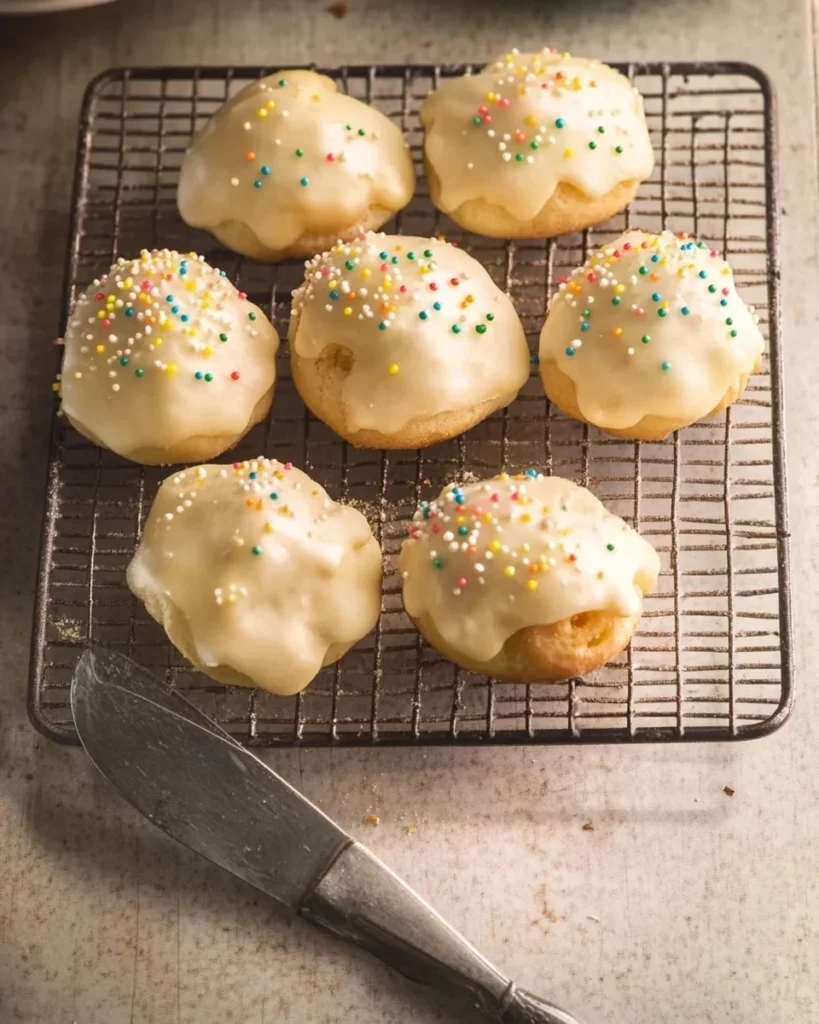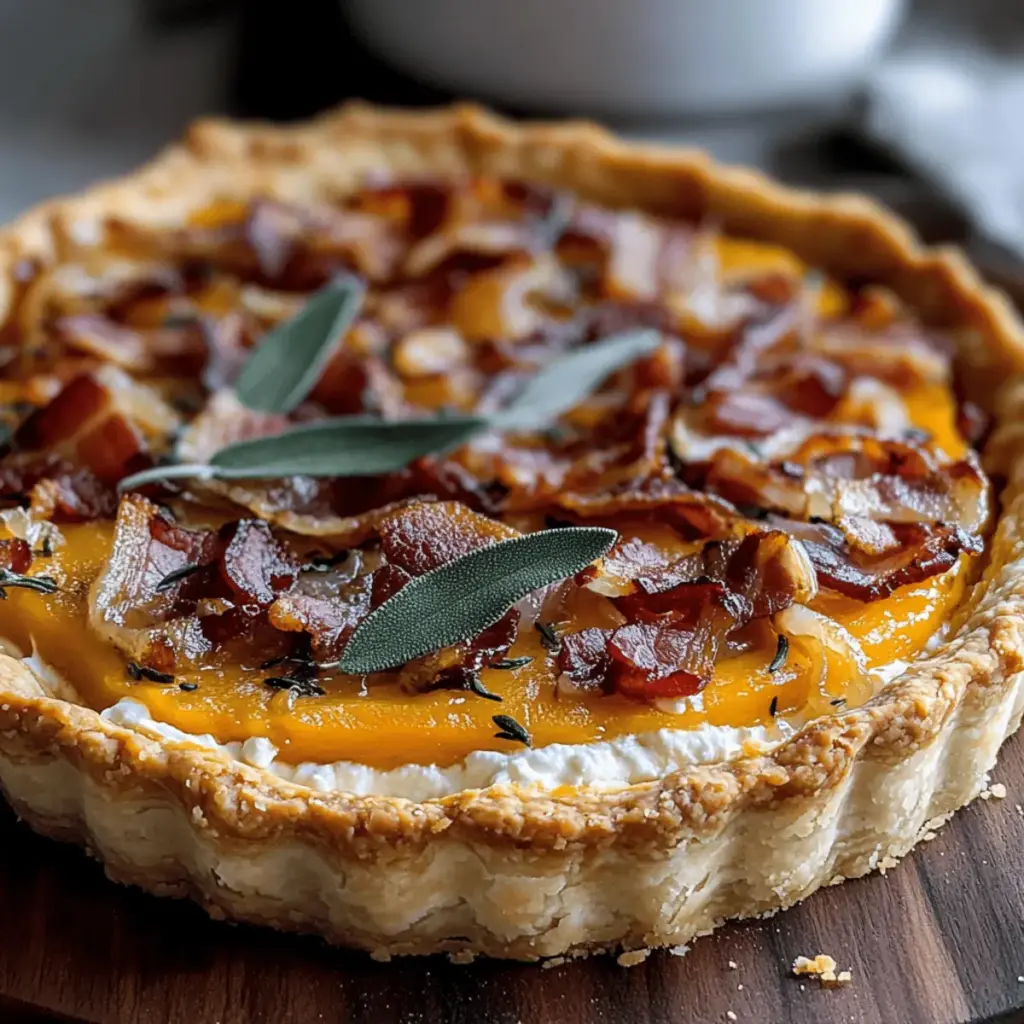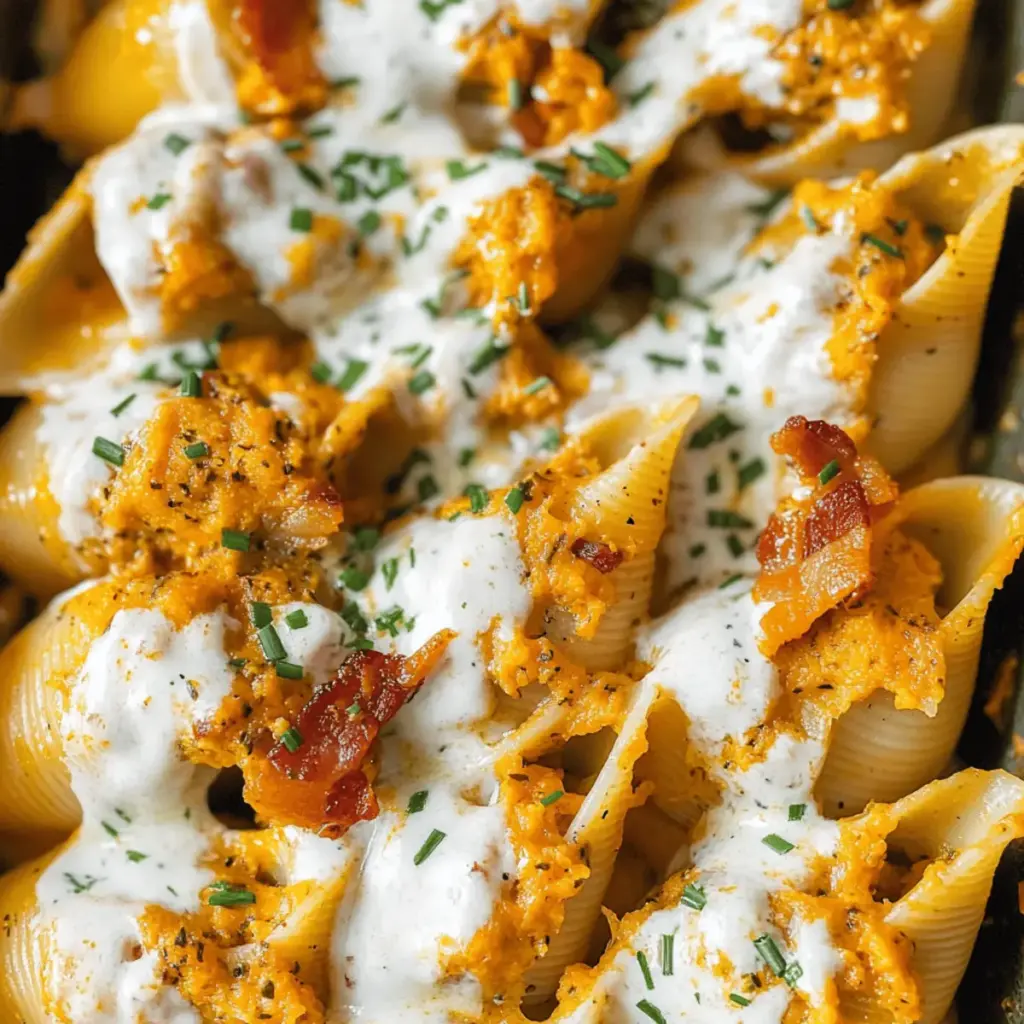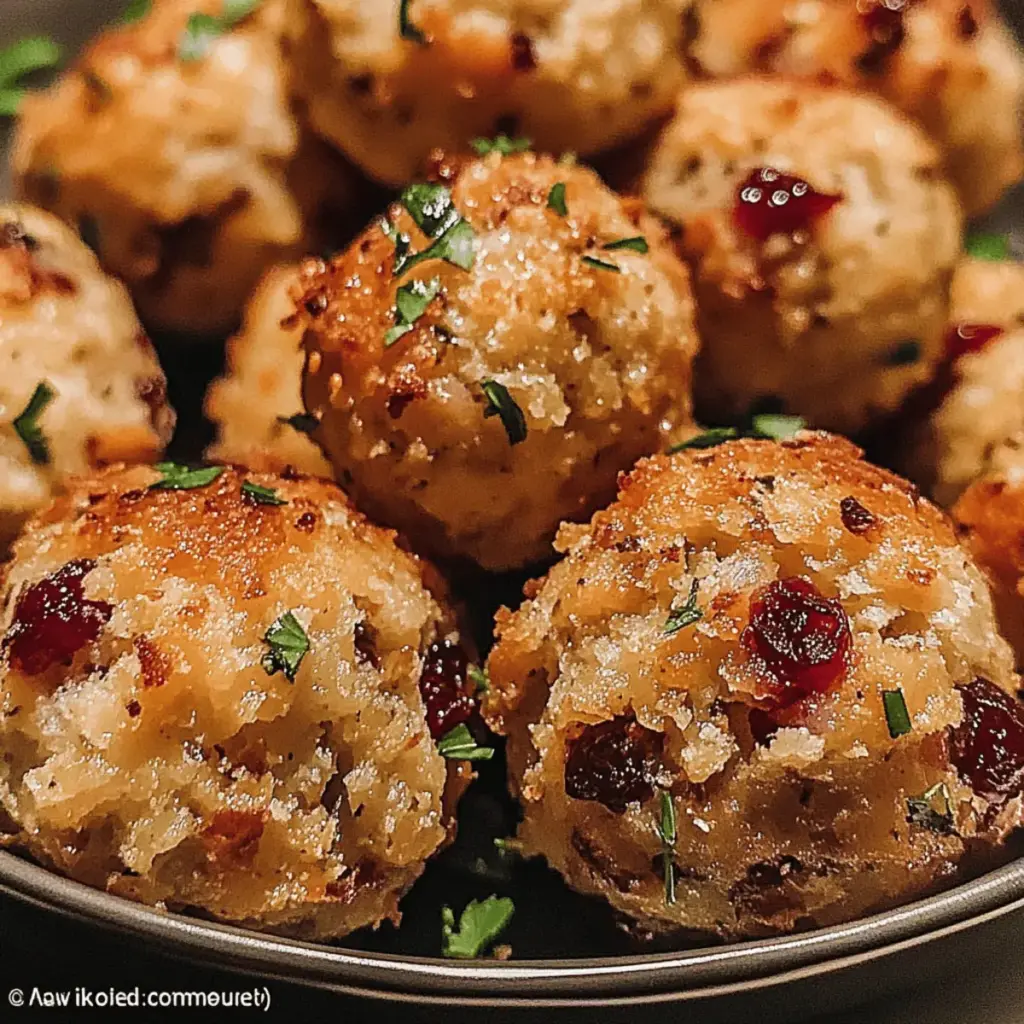Advertisement
Italian cuisine is known for its rich history, and this extends to its baked goods, especially during the holidays. Italian Easter Knot Cookies (also known as Taralli Dolci di Pasqua) are a cherished tradition in many Italian households. These simple yet elegant cookies are light, slightly sweet, and delicately flavored with lemon, making them a perfect addition to Easter celebrations.
In this article, we’ll explore the history of these delightful cookies, why they are a staple during Easter, variations you can try, expert baking tips, and answers to the most frequently asked questions.
The Meaning Behind Italian Easter Knot Cookies
Food is deeply tied to tradition in Italy, and Easter is one of the most significant holidays where families come together to celebrate with special dishes. Easter Knot Cookies carry symbolic meaning—their twisted shape is often seen as a representation of unity, eternal life, and faith.
In many regions of Italy, these cookies are prepared in the days leading up to Easter and are enjoyed during family gatherings, after church services, or gifted to loved ones. They are often served with coffee or tea and make for a light yet satisfying dessert after a hearty Easter meal.
Advertisement
Why You’ll Love This Recipe
There are plenty of Easter treats out there, but these Italian Easter Knot Cookies stand out for several reasons:
1. Soft, Light, and Perfectly Sweet
Unlike rich and decadent desserts, these cookies have a light and airy texture, making them perfect for those who enjoy a more delicate sweetness. The lemon zest and glaze give them a refreshing citrusy note that balances the sweetness beautifully.
2. Simple Ingredients, Elegant Results
These cookies are made from basic pantry staples like flour, sugar, eggs, and butter, yet the result is a sophisticated, bakery-quality treat that feels special.
3. Ideal for Easter and Beyond
Although these cookies are traditionally made for Easter, they can be enjoyed year-round. Whether you’re hosting a brunch, looking for a light dessert, or need a homemade gift, they fit every occasion.
4. Easy to Make with Kids
This recipe is simple enough that kids can help shape the dough and dip the cookies in glaze. It’s a fun way to get the whole family involved in holiday baking.
Italian Easter Knot Cookies
Ingredients:
- 1½ cups + 2 tablespoons all-purpose flour
- 3¼ tablespoons granulated sugar
- 1 teaspoon baking powder
- 1 pinch salt (or ¼ teaspoon if using unsalted butter)
- Zest of one lemon
- 1 large egg
- ¼ cup butter, melted and cooled
- 4 tablespoons milk (2% preferred)
For the Lemon Glaze:
- 1½ to 2 cups powdered sugar
- 1 tablespoon lemon juice (approximately)
- 1 tablespoon milk (approximately)
Directions:
- Prepare the Dough: In a large bowl, whisk together the flour, granulated sugar, baking powder, salt, and lemon zest. Create a well in the center and add the egg, melted butter, and milk. Using a fork, mix until the dough begins to come together. Transfer to a lightly floured surface and gently knead until smooth.
- Shape the Cookies: Divide the dough into small portions and roll each into a thin rope, approximately 5-6 inches in length. Form each rope into a knot or circle, as preferred.
- Bake: Place the shaped cookies onto a parchment-lined baking sheet. Bake in a preheated oven at 300°F (150°C) for 15-18 minutes, or until lightly golden. Remove from the oven and allow to cool completely on a wire rack.
- Glaze the Cookies: In a medium bowl, combine the powdered sugar, lemon juice, and milk to achieve a smooth, pourable consistency. Dip the cooled cookies into the glaze, allowing any excess to drip off. Place the glazed cookies back on the wire rack to set.
Nutritional Information (per cookie):
- Calories: Approximately 76
- Total Fat: 3.5g
- Saturated Fat: 2g
- Cholesterol: 20mg
- Sodium: 50mg
- Total Carbohydrates: 10.5g
- Dietary Fiber: 0.3g
- Sugars: 5g
- Protein: 1.5g
Note: Nutritional values are approximate and may vary based on ingredient brands and portion sizes.

Regional Variations of Italian Easter Cookies
Italy is a country known for its diverse culinary traditions, and Easter cookies vary from region to region. Here are some of the most popular variations:
1. Sicilian Easter Cookies (Taralli Siciliani)
Sicilian Easter cookies are often flavored with orange zest instead of lemon and may include anise seeds for a slightly licorice-like taste. They are sometimes shaped into rings rather than knots.
2. Neapolitan Easter Cookies (Raffiuoli di Pasqua)
In Naples, a similar cookie is coated in a thick sugar glaze and sometimes topped with colorful sprinkles for an extra festive look.
3. Calabrian Easter Cookies (Cuzzùpe or Cudduraci)
These cookies are traditionally shaped around a hard-boiled egg, symbolizing new life and resurrection. They are often larger than typical Easter Knot Cookies and can be decorated with icing or almonds.
4. Pugliese Easter Cookies (Scarcelle di Pasqua)
In Puglia, Easter cookies can be found in basket or dove shapes, sometimes adorned with almonds or chocolate drizzle.
While the core ingredients remain the same, these small differences highlight the regional creativity of Italian bakers and make each variation unique.
How to Customize Your Easter Knot Cookies
This recipe is already perfect as is, but if you want to put your own spin on it, here are a few ways to customize your cookies:
1. Change the Flavoring
- Swap lemon zest for orange zest for a different citrus note.
- Add vanilla extract or almond extract for a slightly richer aroma.
- Mix in anise extract for a classic Southern Italian touch.
2. Experiment with the Glaze
- Replace lemon juice with orange juice for a milder citrus glaze.
- Use vanilla-flavored milk for a more neutral glaze.
- Drizzle with white or dark chocolate instead of glaze for a more decadent finish.
3. Add Toppings
- Sprinkle with colored sugar or sprinkles to make them more festive.
- Add crushed almonds, pistachios, or hazelnuts for extra crunch.
- Lightly dust with powdered sugar instead of glaze for a more traditional look.
4. Make Them Gluten-Free
- Swap the all-purpose flour with a 1:1 gluten-free flour blend to make them suitable for those with gluten sensitivities.
Pro Tips for the Best Italian Easter Knot Cookies
To achieve bakery-quality cookies, follow these expert tips:
1. Use Fresh Lemon Zest
The zest is where all the bright, citrusy flavor comes from. Always use fresh lemons and avoid the pre-packaged zest for the best taste.
2. Don’t Overwork the Dough
Knead the dough just until it comes together. Overworking it can result in dense, tough cookies rather than light and airy ones.
3. Bake at a Low Temperature
These cookies are baked at 300°F (150°C) to ensure they stay soft and don’t brown too much. A lower temperature helps preserve their delicate texture.
4. Let the Cookies Cool Before Glazing
If you glaze them while they’re still warm, the glaze can melt too quickly and become too thin. Let them cool for at least 10-15 minutes before dipping.
Frequently Asked Questions (FAQs)
1. Can I Make These Cookies in Advance?
Yes! These cookies store well and can be made 1-2 days in advance. Keep them in an airtight container at room temperature for up to 5 days.
2. Can I Freeze the Dough?
Absolutely! Wrap the dough tightly in plastic wrap and store it in the freezer for up to 3 months. When ready to bake, let it thaw in the refrigerator before shaping and baking.
3. Why Did My Cookies Turn Out Too Hard?
This can happen if you over-kneaded the dough or baked them too long. Stick to the recommended baking time and check for doneness by ensuring the cookies remain pale with a slight golden bottom.
4. Can I Make These Without Glaze?
Yes! If you prefer a less sweet cookie, you can skip the glaze and dust them with powdered sugar instead.
5. What’s the Best Way to Store These Cookies?
Store them in an airtight container at room temperature. If you’ve glazed them, allow the glaze to set completely before stacking to avoid sticking.
6. Can I Use Butter Instead of Oil?
This recipe already uses melted butter for the best flavor and texture. If substituting with oil, use a neutral-flavored oil like vegetable or canola, but the taste may be slightly different.
Conclusion: A Must-Try Easter Cookie
Italian Easter Knot Cookies are not just a delicious dessert; they are a symbol of tradition, family, and celebration. Their delicate sweetness, soft texture, and beautiful glaze make them a standout treat for Easter and beyond.
Whether you follow the classic recipe or add your own personal touch, these cookies are a joy to bake and share. So, this Easter, gather your loved ones, start rolling the dough, and enjoy the magic of homemade Italian baking!








